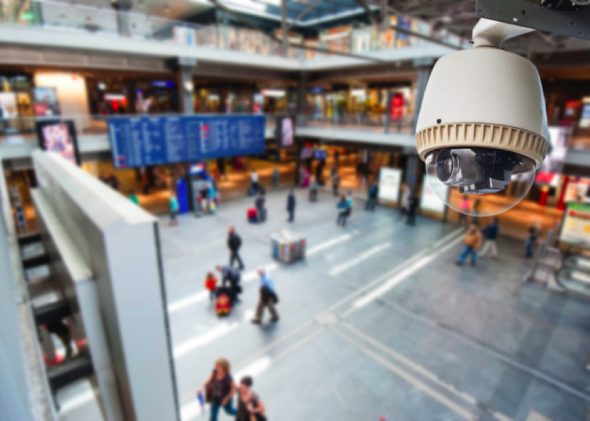
Public Safety for Smart Cities
A collaborative, organized system of technologies can help prevent and suppress crime.

Cities around the world are becoming smarter and more connected. It’s projected that by 2020, 50 billion smart physical objects – everything from oil rigs to refrigerators, cars, and medical devices - will be connected to each other and to humans, generating unprecedented amounts of data. Analyst firm IDC estimates that in the same timeframe, over 42% of all data will come from machines.
The ability to integrate and analyze these massive amounts of data in a way that enables businesses, governments, smart cities and others to anticipate, mitigate, and even prevent many problems they will face is key to delivering positive outcomes for society. Through its Social Innovation Business, Hitachi is working to make the world safer and more secure, by integrating IT and infrastructure technologies that drive business and social outcomes.
Consider the following example: A subway platform that has sensors embedded to monitor and flag overcrowding. As they sense the platform reaching capacity, the sensors automatically alert police and transportation officials, who take action by sending busses to the station as an extra means of transportation. They can head to the station themselves for crowd control, and even automatically reroute additional trains to accommodate demand. Now, imagine these same platforms have installed cameras with gunshot detection capabilities. The cameras sense a shooting on the platform. Video of the shooting is sent to police cruisers, along with a live feed from the subway platform. And if the attacker flees in his car, cameras from a nearby hotel capture his license plate number.
These types of capabilities are enabled by the “Internet of Things.” Nowhere does such a concept have more potential to benefit society than in public safety, which is why Hitachi has been working with forward-looking cities and law enforcement agencies to implement systems like these. Over the years, we’ve learned several lessons about what it takes to successfully build, deploy, and maintain such advanced security systems – and enable collaborative prevention and response.
First, we know that most organizations have to work with existing technologies that cannot simply be ripped out. We also know it’s often impossible to put disparate organizations on the same technology platforms – and just as often, it wouldn’t make sense to, because each organization has its own specific needs. So the goal isn’t to require technical conformity, but rather enable technical connection, using technologies that allow new, existing, and cross-organizational technologies to talk with each other.
Once systems can talk to each other, organizations face a new challenge – information overload. You now have access to a significant amount of data. But unless you can quickly and intelligently analyze that data, it’s almost like having no data at all. It’s therefore critical to have analytic capabilities as well that allow you to pull data seamlessly from a variety of systems, and then analyze them collectively. The situation on the train platform would require a system that could not only pull data from cameras, gunshot detectors and license plates, but then also look at the disparate data as a whole.
One key to this collective analysis is simply the ability to look at data holistically, instead of having to move from one system to the next to crosscheck it all. This might be a system that overlays relevant data onto a map, showing you where the camera feeds are or sending out alerts as they arise, and letting you tap into more and less detail as needed.
It’s also important that this data and visualization be accessible on any screen in any location, whether via smartphone, laptop, or a police cruiser terminal. Command-and-control centers are becoming a thing of the past; personnel need flexibility and universal data access to match the unpredictability of emergencies.
And, finally, it’s essential to have infrastructure that allows organizations to take action in one system based on data coming from another – for example, if a license plate recognition system indicates that a vehicle is stolen, it should automatically marshal nearby cameras to capture video of the driver. The best systems also enable collective action – in this same scenario, once the vehicle is identified, alerts should go out to all nearby police officers who then work together based on their shared information.
The best public safety systems will do each of these things – allow us to connect, analyze and view data from any device, and take coordinated action. By better enabling law enforcement and emergency personnel to collaborate, we give ourselves the opportunity to live in a safer, healthier, and more vibrant world.
To read more about Hitachi’s Social Innovation click here.